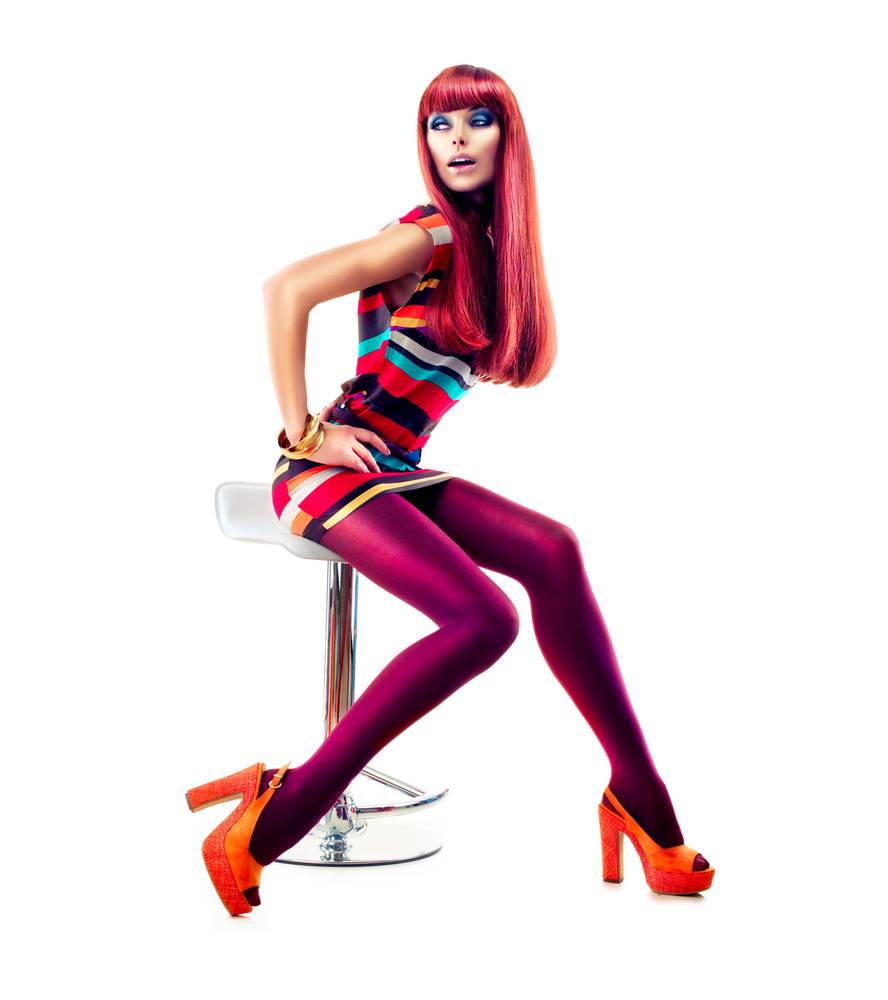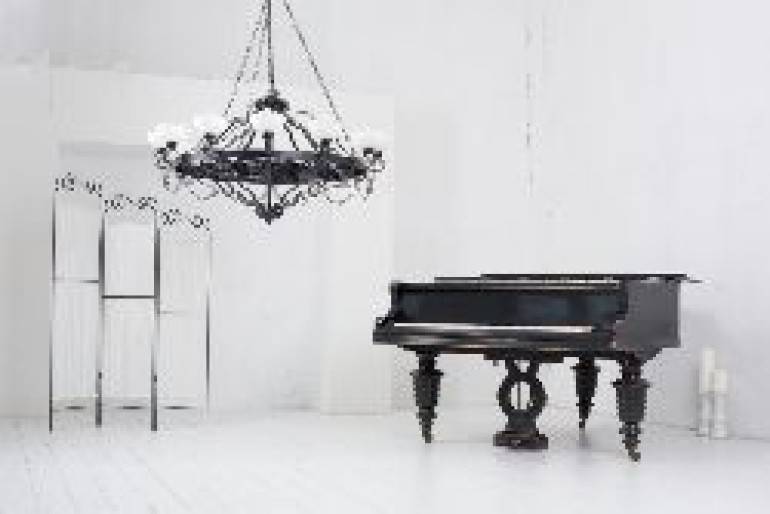Minimalist style web design? Sounds like a fad, eh? In fashion one year and out the next. But it’s not; it’s been around for a very long time, used by thousands of companies, and customers seem to love it. Minimalist web design keeps websites nice and simple. No over cluttering layouts, no clever or confusing navigation, no overwhelming pop-ups and gimmicks, just straight forward websites that provide calming and intuitive browsing and shopping experiences.
Minimalist website design is a design approach that uses clean lines, minimal elements, and often negative space (often referred to as white space). The aim of using minimalist design is to create a user-friendly experience by stripping away unnecessary elements. This puts users in control of their browsing experience and allows them to focus on what’s essential.
If this sounds like your cup of tea, and something you’d like to achieve on your new website, then let’s take a closer look at some of the elements that create minimalist website design…
Clean Design Layout:
Think of an art gallery, where there is lots of white space that lets you breathe. Immediately you feel more relaxed, and your mind focuses on the artwork. Minimalist websites use this kind of concept; they try to be as clutter free as possible. Because you are not distracted, web page content can be better displayed and be visually appealing.
Limited Colours:
Careful on the colour! Minimalist website designs often cleverly use limited colour palettes. One dominant colour from the company logo, with perhaps a few compliment colours is more than enough to give a cohesive and harmonious look. These colours are used throughout the website for continuity.
Simple Typography:
In minimalist web design fancy font styles are frowned upon; clean and easy-to-read fonts such as San serif are favoured for their simplicity and modern look. Big blocks of overwhelming and repetitive content are also out the window and replaced by digestible statements and smaller paragraphs.
Concise Content:
Following on from the above, image and text content within minimalist design websites is strategically placed to direct the attention of users. Any distractions only lead to diluting the user experience.
Easy Navigation:
Minimalist design avoids giving users too many choices. Navigation menus are created to be as simple, unobtrusive and underwhelming as possible; icons or text links are used that seamlessly guide the user in the direction they want to go.
Flat Design Elements:
Minimalist websites often make use of flat design elements, which are two dimensional simple shapes and icons. Flat design elements enhance the overall minimalism of the website; they are clean and functional and do not distract user’s eyes away from valuable content.
Mobile Responsiveness:
Because of their nature, minimalist designs tend to display and work well across all devices. Accessibility and useability are a key requirement for all screen sizes, with minimalist design websites being more welcomed by users as they provide a simple and clear user experience.
Closing thoughts:
Minimalist web design cuts back on a number of elements to provide uncluttered, easy to navigate websites that put users in control of their browsing experience. Minimalist web design is also a modern and visually appealing tactic that cleverly gets users to focus their attention on web page content.
Examples of different types of minimalist design in our online portfolio include Richard Noel Art, Cielo Jewellers, ACE Dance, Walsall PCN Group and MVUA. Why not check out this interesting article over at HubSpot which will give you 15 examples of minimalist web design inspiration! If you think you’re ready to go minimal, get in contact!


